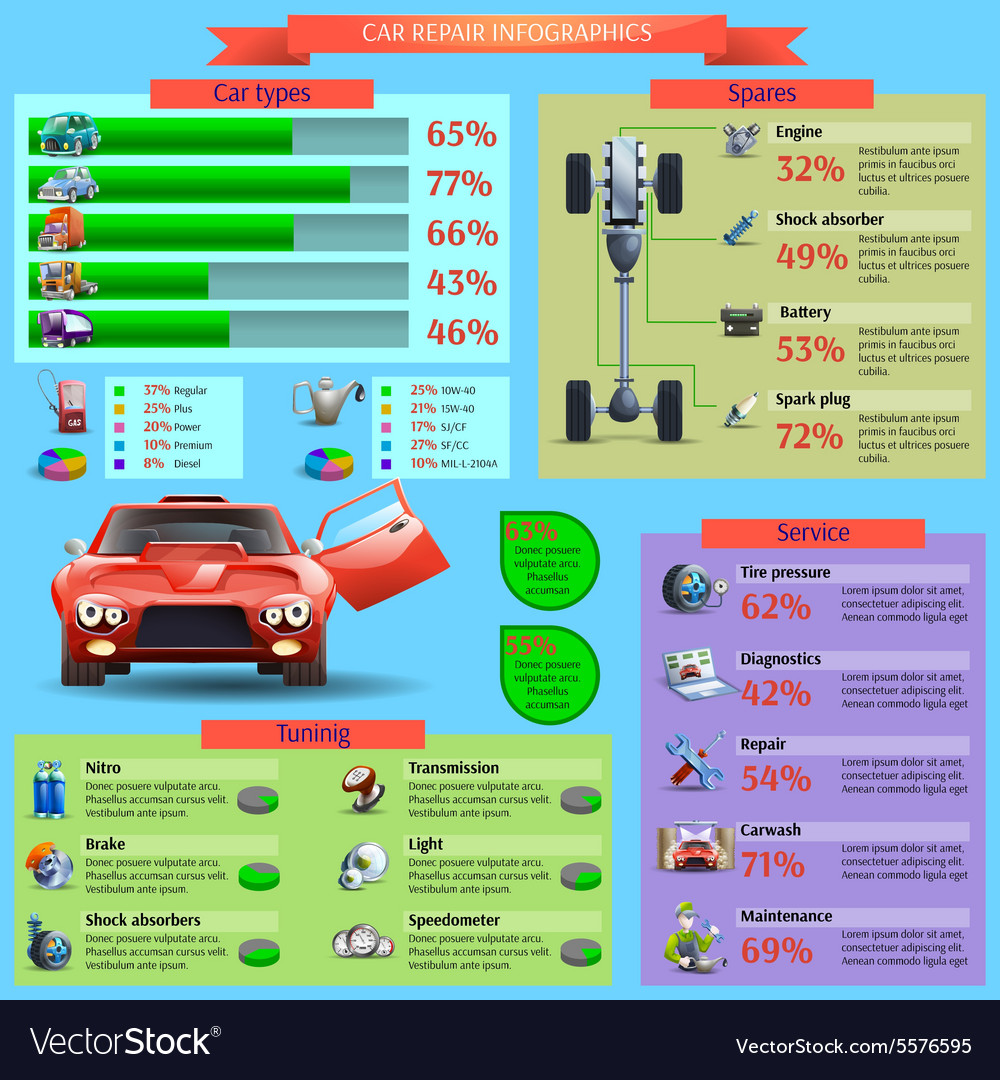Evaluating Your Automobile'S Warning Indicators: What They Actually Communicate
Evaluating Your Automobile'S Warning Indicators: What They Actually Communicate
Blog Article
Write-Up Created By-Boye Kejser
When you're behind the wheel, those glowing warning lights on your dashboard can be a little bit difficult. Do you recognize what they're trying to tell you concerning your cars and truck's wellness? Understanding the significance of these lights is essential for your security and the durability of your vehicle. So, the following time among those lights turns up, would not you intend to understand its message precisely and take the necessary actions to address it?
Common Warning Lights and Interpretations
Determine common caution lights in your auto and understand their significances to guarantee risk-free driving.
One of the most normal warning lights consist of the check engine light, which indicates issues with the engine or discharges system. If this light begins, it's crucial to have your vehicle checked promptly.
The oil pressure advising light shows reduced oil stress, requiring prompt attention to avoid engine damages.
A flashing battery light could recommend a damaged charging system, possibly leaving you stranded otherwise addressed.
The tire stress surveillance system (TPMS) light signals you to reduced tire stress, impacting car stability and gas efficiency. Neglecting this can cause unsafe driving conditions.
The abdominal muscle light shows a problem with the anti-lock braking system, endangering your capacity to stop swiftly in emergencies.
Lastly, the coolant temperature level cautioning light warns of engine overheating, which can lead to serious damage otherwise dealt with promptly.
Recognizing these usual warning lights will certainly assist you attend to concerns quickly and keep safe driving conditions.
Importance of Prompt Focus
Comprehending the common caution lights in your automobile is only the first step; the relevance of immediately addressing these cautions can't be stressed enough to ensure your security when driving.
When a caution light illuminates on your control panel, it's your auto's means of communicating a prospective concern that requires interest. Disregarding these warnings can bring about a lot more extreme troubles in the future, compromising your safety and security and possibly costing you a lot more out of commission.
Prompt focus to cautioning lights can protect against breakdowns and mishaps. As an example, a flashing check engine light might suggest a misfire that, if left unattended, could create damages to the catalytic converter. Resolving this without delay can save you from an expensive fixing.
In a similar way, a brake system advising light may signal low brake fluid or worn brake pads, vital components for your security when driving.
DIY Troubleshooting Tips
If you see a warning light on your dashboard, there are a few DIY fixing tips you can attempt before looking for specialist assistance.
The first step is to consult your auto's handbook to recognize what the specific warning light suggests. In additional resources can be as easy as a loosened gas cap setting off the check engine light. Tightening the gas cap might resolve the issue.
An additional common problem is a low battery, which can cause various warning lights. Checking the battery connections for corrosion and ensuring they're secure could fix the issue.
If a caution light persists, you can attempt resetting it by disconnecting the cars and truck's battery for a few minutes and then reconnecting it. Additionally, examining your automobile's liquid levels, such as oil, coolant, and brake fluid, can help troubleshoot advising lights connected to these systems.
Conclusion
To conclude, comprehending your vehicle's warning lights is important for keeping your lorry running smoothly and securely. By promptly dealing with home car detailing near me and understanding what they imply, you can prevent expensive repair services and possible failures.
Remember to consult your automobile's manual for particular information on each cautioning light and do something about it appropriately to make certain a trouble-free driving experience.
Keep educated, remain risk-free when driving!
